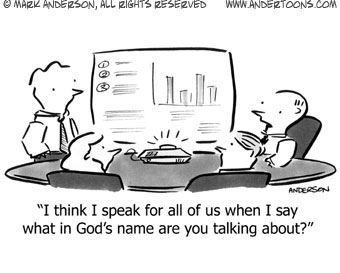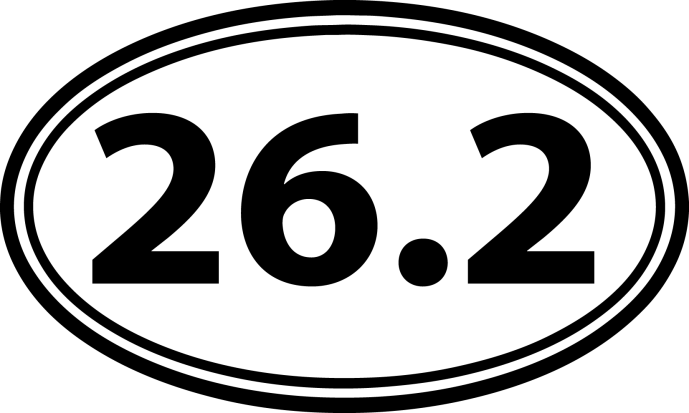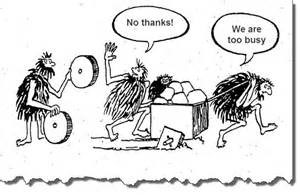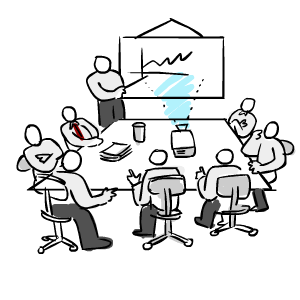Breaking Down the Silos of HCM
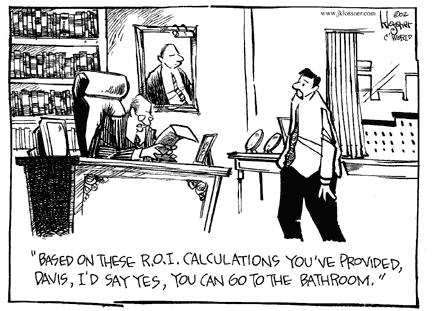
Human Capital Management covers a wide array of offerings that are designed to take care of employees. With the variety of items that are contained in HCM, there is no surprise that silos have emerged. These have been built and reinforced as more and more employee-support functions come under one larger umbrella, but continue to operate as separate entities. The question that we are trying to address is how do we tear down these walls and make HCM more synergistic?

